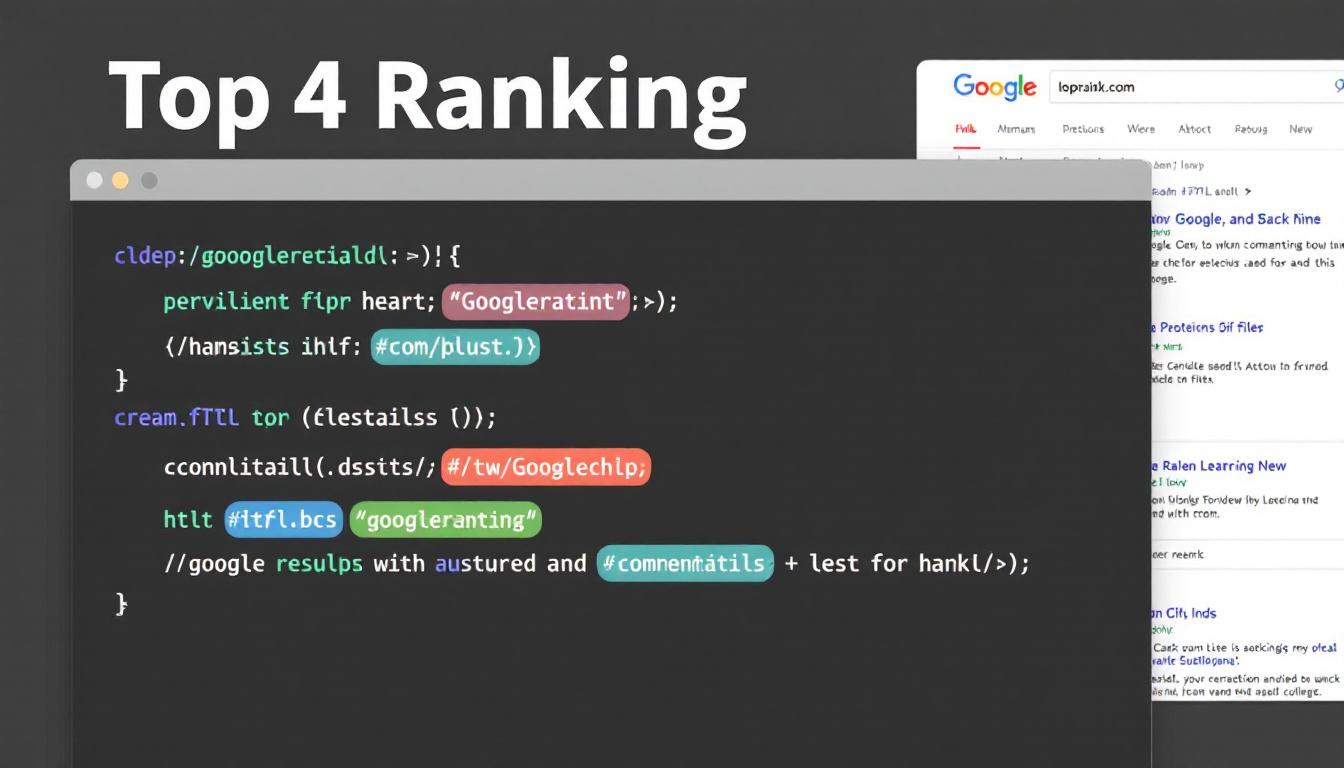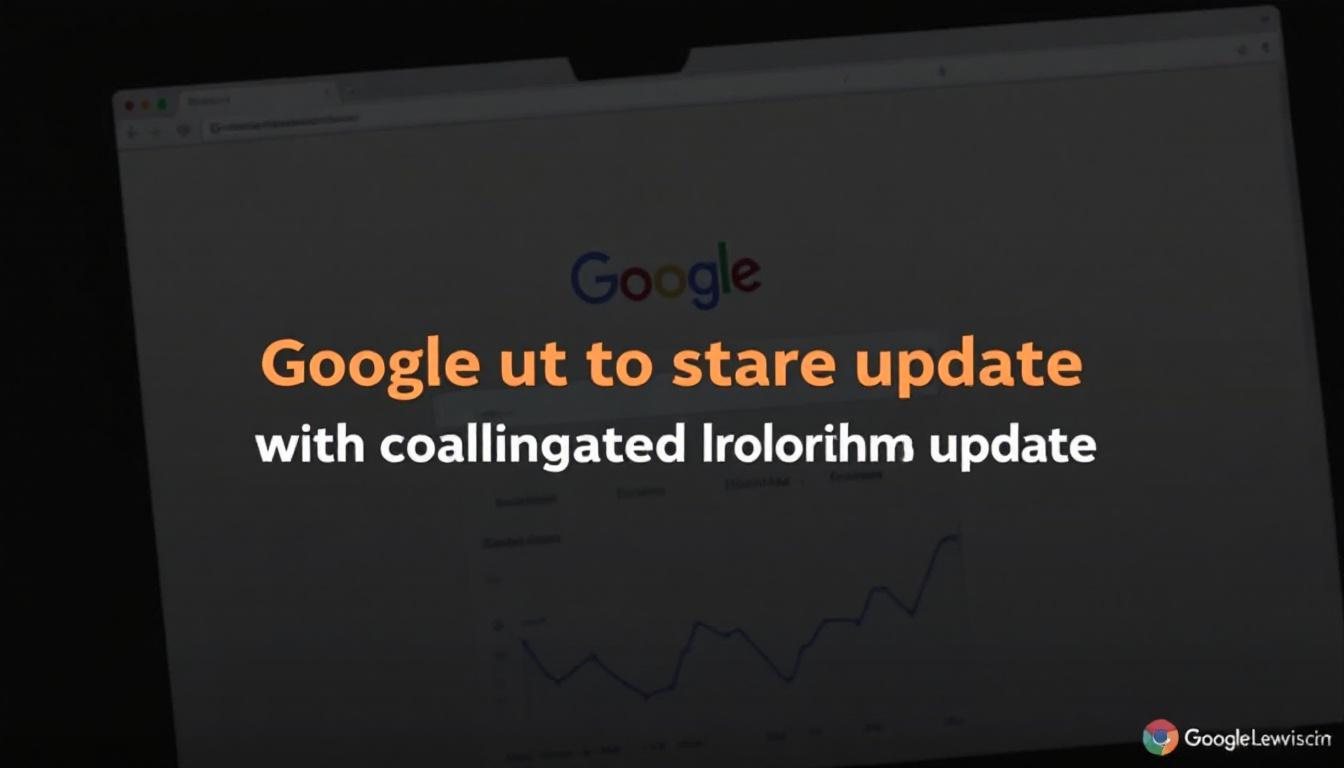In a recent update, Google has altered its official guidelines by eliminating the recommendation to use robots.txt for blocking automatically translated webpages from search indexing.
SEMRush
SEMrush is a fantastic SEO tool that can be used to carry out keyword research, including tracking the keyword strategy of your competitors.
This adjustment brings Google’s technical documentation in line with its prevailing spam policies, which were established over a year ago.
Significance of the Update
The removal of specific instructions might seem trivial, but it indicates a notable shift in Google’s approach to automated content.
Previous Recommendations
Initially, Google advised website owners to prevent auto-translated content from being indexed to maintain content quality standards.
This old strategy involved using robots.txt to block search engines from accessing machine-generated translations, aiming to avoid potential quality issues that could negatively impact search rankings.
With the introduction of ‘scaled content abuse’ policies last year, Google’s focus shifted to evaluating content based on its usefulness to users, regardless of how it was produced.
This means that the mere method of translation is no longer the sole criterion for determining a page’s eligibility for indexing.
Recommended Actions Moving Forward
Although Google has not mandated immediate changes, website administrators should consider the following steps to align with the updated guidelines.
Update Your robots.txt Settings
It’s beneficial to reassess and modify your robots.txt file to reflect the new guidelines.
Remove any outdated rules that block translated content, especially if these translations provide real value to your international audience.
Allowing quality translations to be indexed can enhance your site’s reach and user experience.
Maintain High-Quality Translations
Not all machine translations meet the same standards, so it’s crucial to implement quality control measures.
Evaluate each translated page individually to ensure it offers meaningful content. For translations that fall short, consider using meta tags like noindex instead of site-wide blocks to manage their presence in search results. Prioritizing the user experience is essential.
Assess whether your translated content genuinely assists international visitors or merely serves to increase keyword presence without adding value.
The Bottom Line
Google’s update to its robots.txt guidance highlights a broader change in how automated and translated content is treated in search indexing.
For those managing multilingual websites, adapting to these changes by focusing on content quality and user value will be crucial for maintaining and improving search visibility.








